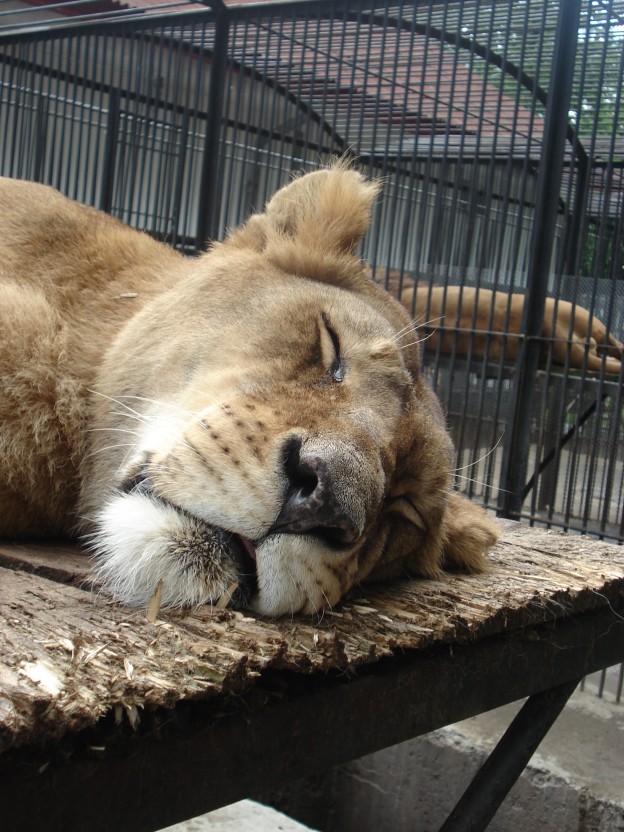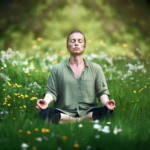Sleep, the time where our body goes into a hibernation mode, is the period of time when we rejuvenate our mind and body. Sleep helps us regulate our body by performing functions that it can’t perform when you are most active; however, some people suffer from sleeping disorders or just generally have a hard time getting some shut eye. Below, you will find some relaxation techniques for improving sleep.
 1. Avoid Electronic Distractions
1. Avoid Electronic Distractions
The computer or television may be keeping you up at night, so you should avoid them. Instead, try methods that relax your brain or prepare you for slumber such as: reading, writing, showering, meditation and playing with the household animal. These activities help your body facilitate a sleepy state, which can be all you need to get some rest.
2. Meditation
You probably aren’t a monk in a far off monastery, but you can use meditation to your advantage. Meditation, a state of gathering your thoughts in a quiet setting, can be a great sedative. When meditating, try to picture something that you want to do or accomplish. Also, try to take in slow, deep breathes that facilitate a calm peace of mind. Close your eyes and picture the world, imagine that you are someplace different or create a story of your own, then give your mind time to digest this new place. The amount of time you spend meditating is up to you, but most people find their “center” after 10 to 15 minutes.
3. Tea
There are a variety of teas that help you sleep. Tea, preferably decaf, should be a hibiscus or herbal tea. Hibiscus is a herbal supplement that has been shown to help people sleep at night. Although, any herbal tea will help calm you down. Herbal teas are preferable to caffeine based tea, since caffeine is a stimulant that arouses your senses. Just take a 10 minute break from whatever you were doing, enjoy your tea and savor the aroma that lingers from the top of the cup.
4. Reading
Try to read a light book that doesn’t keep you hanging onto the edge of each page, a page turner could keep you up all night, so keep the book of a subtle variety that involves gentle poetry or content that interests you. The very act of reading can tire most people out in as little as half an hour. Now, that is a fast way to naturally fall into a slumber.
5. Combine Sleeping Techniques
Each of these techniques may help you sleep in their own perspective way; however, you may find that they work best in combination. For example, you could be sitting down in a comfortable chair, reading a book and drinking tea. This is a good environment for relaxation. It will provide you with that soothing, serene mood to assist you in slumbering. Experiment with a combination or routine of methods that eases you into a deep slumber. It could be your gateway to achieving consistent sleep patterns.
After you’ve acquired your relaxed state, then you should immediately try to go to sleep. If you don’t go to sleep when fully relaxed, you may find that you won’t be able to sleep at all that night.









It seemed crazy at first but progressive muscle relaxation is a great relaxation technique. Basically, you slowly and systematically tense and then relax your muscles. Starting at your toes and working up. Combined with deep breathing exercises progressive muscle relaxation becomes an even more effective way to reduce stress.